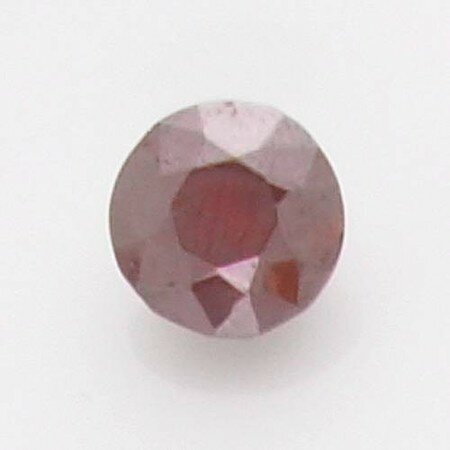Cinnabar, China
Cinnabar, China
While Greek texts mention the use of cinnabar—the naturally occurring form of vermilion—in as early as sixth century B.C., early Chinese artifacts show traces as far back as the second millennium B.C, and its use in pigments continues to this day. The name is derived from the Persian zinjifrah and the Latin word cinnabaris although the original meanings of both have been lost. Cinnabar, a heavy red from of mercuric sulfide, occurs as brilliant red crystals in mountainous regions of volcanic origin usually close to hot springs. It is the prime source of mercury. The gangue or mineral rock, is formed in the presence of quartz, dolomite, calcite, and sometimes barite, through decomposition from hot alkaline sulphide solutions. Red rocks have had not only an artistic but a metaphysical significance from early on: the parallel between blood and the mineral veins that run through the earth was an indication that man is connected to nature by some physical correspondence—it explains the utilization of cinnabar in Chinese burial rites. This circular-cut stone fashioned from this rare material, possesses a brilliant blood-red color, beneath its characteristic metallic luster. (Copyright © 2002-2008 Bonhams 1793 Ltd., Images and Text All Rights Reserved) Bonhams. Natural History, 30 Apr 2008. New York
Weighing approximately 9.49 carats and measuring 10.0 x 6.6mm - Estimate: $2,000 - 2,500 - Unsold.

/https%3A%2F%2Fprofilepics.canalblog.com%2Fprofilepics%2F1%2F0%2F100183.jpg)
/https%3A%2F%2Fstorage.canalblog.com%2F03%2F02%2F119589%2F96711876_o.jpg)
/https%3A%2F%2Fstorage.canalblog.com%2F11%2F31%2F119589%2F94773502_o.jpg)
/https%3A%2F%2Fstorage.canalblog.com%2F20%2F83%2F119589%2F94772815_o.jpg)
/https%3A%2F%2Fstorage.canalblog.com%2F26%2F72%2F119589%2F75604929_o.jpg)
/https%3A%2F%2Fstorage.canalblog.com%2F59%2F60%2F119589%2F26458628_o.jpg)



/image%2F1371349%2F20240418%2Fob_ac5c4c_telechargement.jpg)
/image%2F1371349%2F20240418%2Fob_709b64_304-1.jpg)
/image%2F1371349%2F20240418%2Fob_22f67e_303-1.jpg)
/image%2F1371349%2F20240417%2Fob_9708e8_telechargement.jpg)